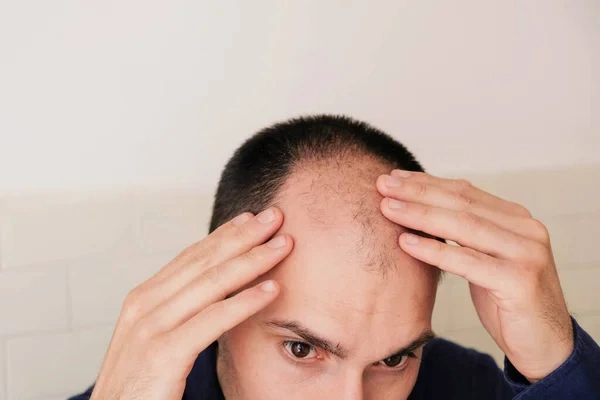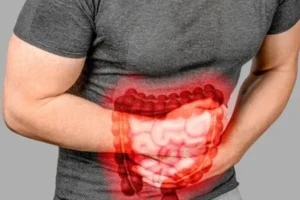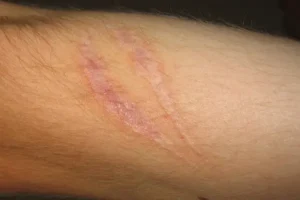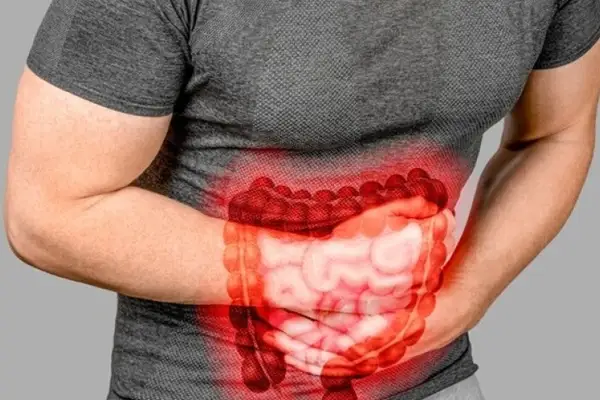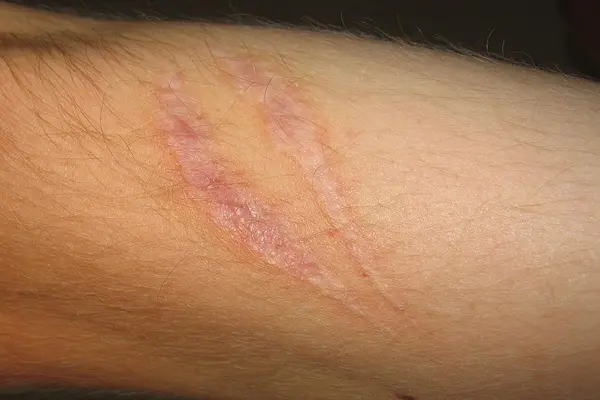Hair thinning and balding are concerns that affect millions worldwide, often leading to frustration and limited options. This challenge has driven researchers to explore compounds that may influence hair follicle development and hair regrowth. One peptide gaining attention in this is PTD-DBM Hair Growth peptide, a compound studied for its potential role in stimulating follicle regeneration.
Research suggests that PTD-DBM may help block pathways linked to follicle shrinkage while supporting signals that encourage growth. Its emerging profile explains why it is increasingly discussed in connection with hair loss.
Another peptide that often enters this conversation is TB500, which is also studied for its influence on tissue repair and hair follicle formation. In this article, we’ll explore how PTD-DBM is studied for hair growth, why hair follicles respond to peptides, and the role of TB500.
Explore PTD-DBM Peptide from Peptide Works, a peptide linked with follicle signaling and support for stronger, healthier healthier hair roots.
How Does PTD-DBM Affect Hair Follicles?

The PTD-DBM Hair Growth peptide is gaining attention because of how it interacts with signals inside the follicle. One focus of studies is its ability to block a protein known as CXXC5, which can interfere with the Wnt/β-catenin pathway. This pathway is important for keeping follicles active and supporting new growth. By preventing this blockage, PTD-DBM may encourage follicles to stay in their growth phase longer.
What makes this important is the link between follicle miniaturization and balding. When follicles shrink, hair thins. By helping to protect against that shrinkage, PTD-DBM offers clues into how peptides might support healthier thick hair growth and regeneration. Hair loss, however, is not only about signals, it often begins with the slow shrinking of follicles themselves.
Why Do Hair Follicles Shrink During Balding?
Hair follicle shrinkage, also called miniaturization, is one of the main reasons behind balding. A key factor is DHT (dihydrotestosterone). This hormone binds to sensitive follicles and gradually makes them smaller, producing thinner and weaker hair. Genetics and aging can make this process worse, as follicle stem cells lose strength and the growth phase of the hair cycle shortens.
Because shrinkage is central to balding, researchers link it closely with the role of PTD-DBM. In studies, this peptide has been observed for its potential to interfere with the same signals that drive miniaturization. That connection explains why PTD-DBM Hair Growth is often highlighted when examining how peptides might support healthier follicles. It shows that much of this shrinkage is tied to hormones, especially one that plays a leading role in pattern baldness.
How Does DHT Cause Hair Follicle Shrinkage?
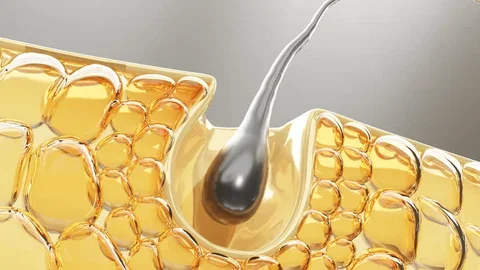
DHT (dihydrotestosterone) is made when the enzyme 5-alpha reductase converts testosterone into a stronger androgen. Once formed, DHT binds to receptors in scalp follicles, especially in areas linked to pattern baldness. This binding changes how the follicle works and sets off signals that cause the root to become smaller over time.
As follicles shrink, each growth cycle produces finer and weaker strands. DHT also shortens the anagen phase (the active growth stage) while extending the resting phase, so hair spends less time growing. Because these pathways drive miniaturization, they are often discussed in connection with PTD-DBM Hair Growth, which is being studied for its ability to influence follicle signaling and activation. When DHT shortens the growth cycle, the key point of interest is whether peptides can help extend that phase.
Can PTD-DBM Hair Growth Peptide Help Extend the Growth Phase?
The anagen phase is the part of the hair cycle when follicles stay active and push out new strands. If this stage is shortened, which often happens under the influence of DHT, hair grows back thinner and falls out sooner. Early studies suggest that the PTD-DBM Hair Growth may influence signals that keep follicles active, helping them avoid moving too quickly into the resting stage.
Keeping follicles in this growth state for longer gives them more time to create stronger, healthier hair. Some scientists are also studying TB500, a peptide linked with tissue recovery, as it may improve the environment around the follicle. Together, these findings show why PTD-DBM is drawing attention in hair growth research and topical application studies.
While PTD-DBM is studied for follicle signaling, another peptide often discussed in this space is TB500, known for its role in tissue repair. Together, they represent two complementary research directions.
TB500: Supporting Follicle Health and Repair
TB500 (Thymosin Beta-4) is being studied for its ability to improve the environment around hair follicles. One way it may help is by supporting the formation of new micro-vessels, which improves how oxygen and nutrients reach the scalp. Better circulation gives follicles the support they need to stay active. TB500 has also been linked with reducing inflammation, which is another factor that can weaken follicle activity over time.
This makes TB500 a natural addition to conversations about PTD-DBM Hair Growth. While PTD-DBM is explored for its role in follicle signaling, TB500 is noted for how it supports repair and tissue health around the follicle. Together, these peptides highlight different but complementary paths being studied in hair growth science.
Researchers have also compared their effects to natural compounds such as methyl vanillate, vanillin, and valproic acid, which are being explored as novel activators of Wnt signaling and effective ways to promote hair follicle neogenesis.
Discover TB500 from Peptide Works, a peptide connected with repair, circulation, and maintaining a healthier environment for follicles.
Comparing PTD-DBM and TB500 in Hair Growth

Both PTD-DBM Hair Growth peptide and TB500 are being studied for their potential influence on hair, but they act in different ways. PTD-DBM is linked with follicle signaling, while TB500 is often connected with circulation and repair. Looking at them side by side helps explain why they are sometimes mentioned together in hair growth research.
| Peptide | Main Action | Key Role in Hair Growth |
|---|---|---|
| PTD-DBM Hair Growth | Blocks CXXC5, activates Wnt/β-catenin | Supports follicle signaling and regeneration |
| TB500 | Improves circulation, reduces inflammation | Creates a healthier follicle environment |
When compared, PTD-DBM is seen as targeting the internal follicle pathways, while TB500 supports the surrounding tissue. Together, they offer complementary approaches researchers are exploring in connection with balding.
Together, these insights show how peptides are opening new directions in hair growth science, shaping a more hopeful vision for the future.
The Future of PTD-DBM Hair Growth Peptide
The rising interest in PTD-DBM Hair Growth peptide reflects how research is advancing toward new answers for baldness. While TB500 is often connected with repair and circulation, PTD-DBM stands out for its focus on follicle pathways and regeneration. This direction offers real hope for future strategies that may better support lasting hair growth.
At Peptide Works, we remain committed to providing trusted peptides for research worldwide. As studies progress, PTD-DBM may guide the next breakthroughs in understanding follicle health and open fresh possibilities for the future of hair growth science.
All peptides and compounds mentioned are strictly for research purposes only and not for human use.
References
[1] Ryu YC, Park J, Kim YR, Choi S, et al. CXXC5 Mediates DHT-Induced Androgenetic Alopecia via PGD2. Cells. 2023 Feb 9;12(4):555.
[2] Natarelli N, Gahoonia N, Sivamani RK. Integrative and Mechanistic Approach to the Hair Growth Cycle and Hair Loss. J Clin Med. 2023 Jan 23;12(3):893.
[3] Liu D, Xu Q, Meng X, Liu X, Liu J. Status of research on the development and regeneration of hair follicles. Int J Med Sci. 2024 Jan 1;21(1):80-94.
[4] Cha HJ, Philp D, Lee SH, Moon HS, et al. Over-expression of thymosin beta 4 promotes abnormal tooth development and stimulation of hair growth. Int J Dev Biol. 2010;54(1):135-40.
[5] Ryu YC, Lee DH, Shim J, Park J, Kim YR, Choi S, Bak SS, Sung YK, Lee SH, Choi KY. KY19382, a novel activator of Wnt/β-catenin signalling, promotes hair regrowth and hair follicle neogenesis. Br J Pharmacol. 2021 Jun;178(12):2533-2546.
[6] Lee SH, Yoon J, Shin SH, Zahoor M, Kim HJ, Park PJ, Park WS, Min do S, Kim HY, Choi KY. Valproic acid induces hair regeneration in murine model and activates alkaline phosphatase activity in human dermal papilla cells. PLoS One. 2012;7(4):e34152.

